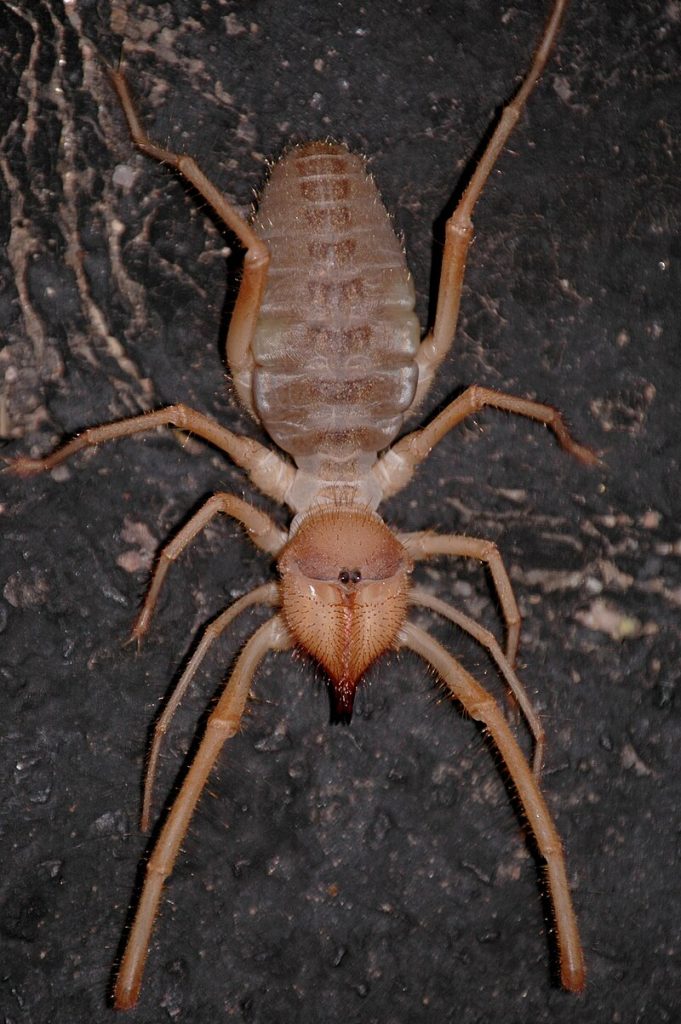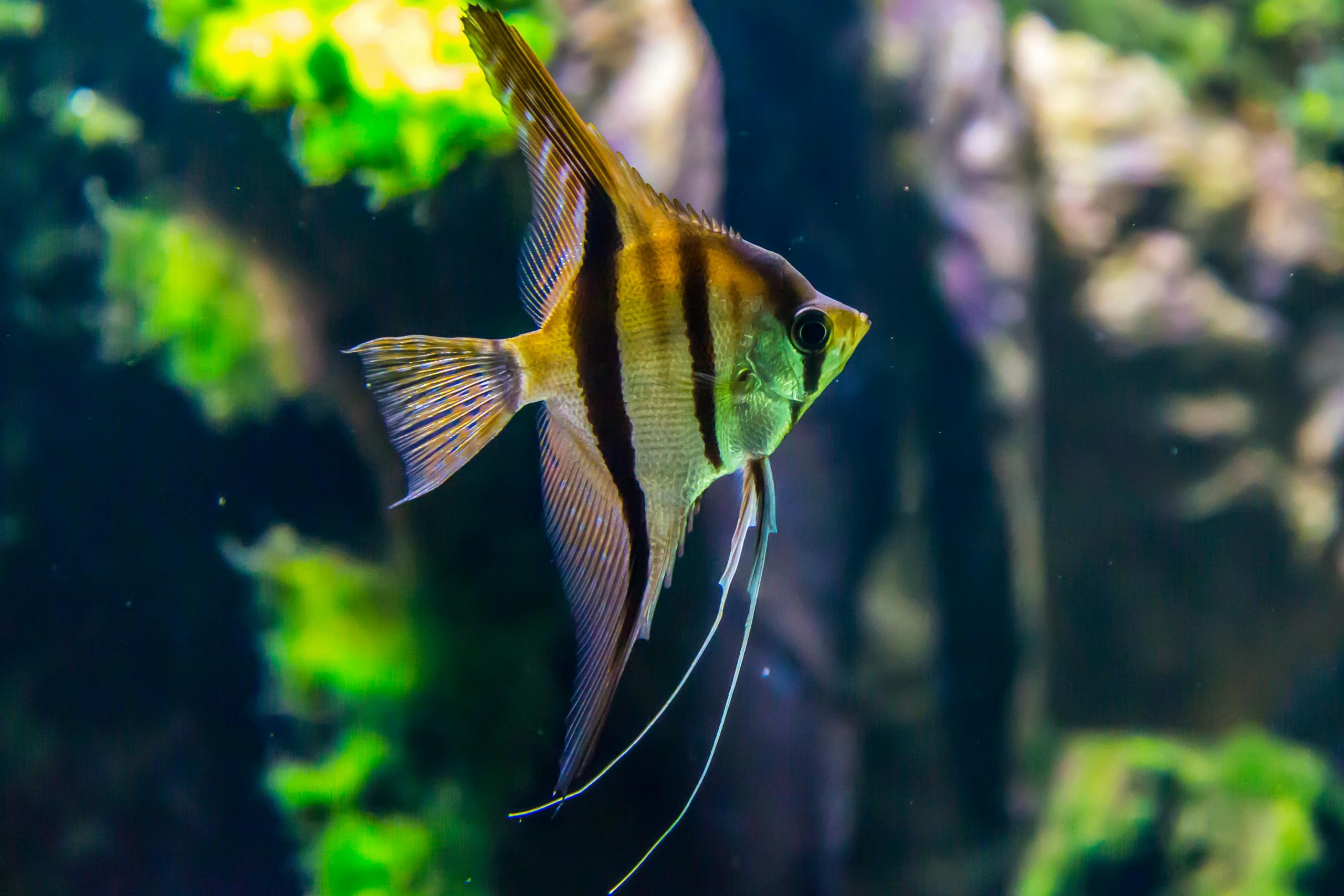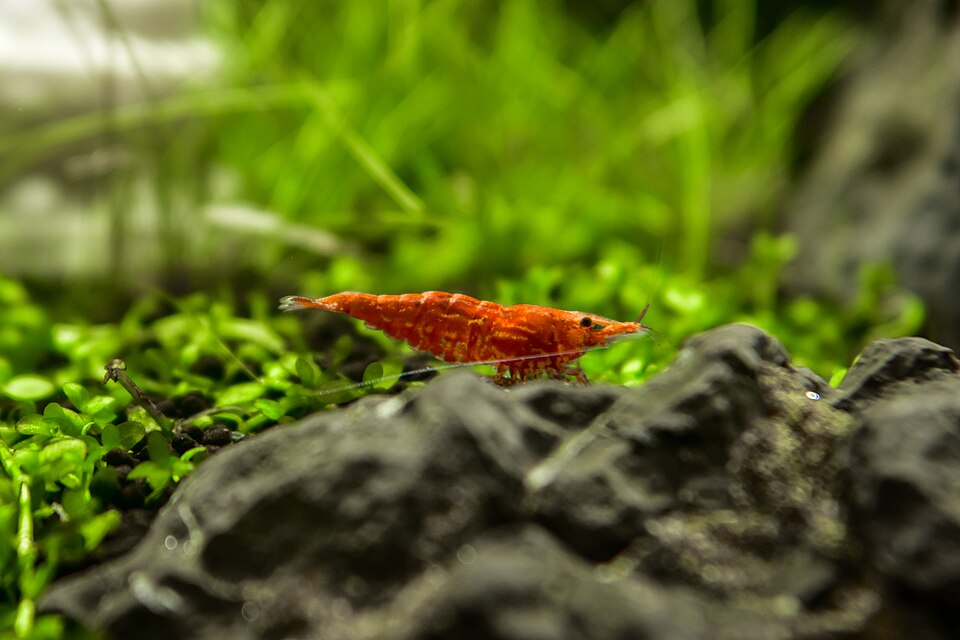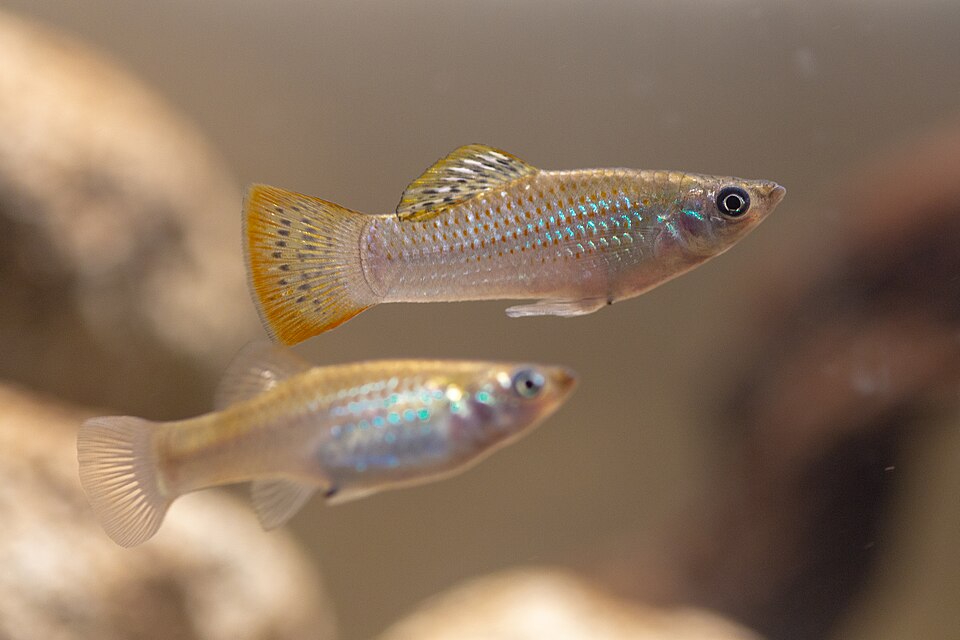Hi there, pet lovers! 🕷️🔥
For those fascinated by unusual and often misunderstood creatures, the camel spider (solifugid) is a captivating choice—though not for the faint of heart. Despite their fearsome appearance and urban legends, these arachnids (though not true spiders) are intriguing pets for dedicated enthusiasts.
In this detailed care guide, we’ll explore everything you need to know about keeping a camel spider, from their unique biology to their care requirements, temperament, and common misconceptions. Whether you’re a seasoned invertebrate keeper or simply curious about these desert speedsters, this guide will provide the essential knowledge to appreciate them responsibly.
Overview
Camel spiders (Solifugae) are neither spiders nor scorpions but belong to their own distinct order of arachnids. Known for their lightning-fast speed, powerful jaws, and nocturnal habits, they are fascinating—yet challenging—pets. Here’s a quick summary of what makes them unique:
- Handling and Temperament: Not recommended; fast, fragile, and prone to stress.
- Care and Maintenance: Moderate difficulty; requires specific desert-like conditions.
- Health and Durability: Delicate; prone to sudden declines if conditions are off.
- Availability: Mostly wild-caught; captive breeding is rare.
- Cost: Inexpensive to acquire but requires proper setup.
- Overall: Best for experienced keepers who enjoy observing rather than handling.
Why Choose a Camel Spider?
Camel spiders are mesmerizing pets for those who appreciate unique arthropods. Their rapid movements, hunting behaviors, and alien-like appearance make them a captivating display animal. However, they are not ideal for beginners due to their fragility and specific care needs.
What Makes Them Special?
- Extreme Speed: One of the fastest arachnids, capable of darting at 10 mph.
- Powerful Jaws: Their large chelicerae (mouthparts) can crush prey but are harmless to humans.
- Nocturnal Hunters: Active at night, providing fascinating nighttime activity.
- Low Noise & Space Needs: Perfect for small, quiet setups.

Handling and Temperament
Camel spiders are not handleable pets. Their speed, fragility, and stress sensitivity make them unsuitable for regular interaction.
Behavior Traits
- Skittish & Defensive: They may rear up or lunge if threatened (though they cannot envenomate).
- Nocturnal Activity: Most active at night, hiding during the day.
- Potential for “Playing Dead”: They may freeze or flip over when stressed, often mistaken for death.
Safety Tips
- Avoid handling—they are prone to injury and escape.
- Use soft-tipped tongs for feeding to prevent accidental bites.
- Supervise closely if rehousing—they can vanish in seconds.
Care and Maintenance
While not the most demanding pet, camel spiders require stable, desert-like conditions to thrive.
Enclosure Setup
- Size: A 10-20 gallon tank works for most species.
- Substrate: Sandy or sandy-loam mix (3-4 inches deep for burrowing).
- Decor: Minimalist—add rocks, cork bark, or fake plants for hiding spots.
- Ventilation: Essential to prevent mold in humid environments.
Humidity & Temperature
- Temperature: 75-85°F (24-29°C) with a slight nighttime drop.
- Humidity: Low (30-40%)—mist lightly if needed, but avoid dampness.
Feeding
- Diet: Live insects (crickets, roaches, mealworms).
- Frequency: 2-3 times per week (adjust based on appetite).
- Water: Provide a shallow dish or mist lightly—they drink droplets.
Health and Durability
Camel spiders are notoriously delicate, and many die prematurely due to stress or improper care.
Common Health Issues
- Dehydration: Ensure access to moisture without oversaturating.
- Molting Problems: Low humidity can cause stuck sheds.
- Injury: Fragile exoskeleton—avoid rough handling.
Preventative Care
- Monitor activity levels—lethargy can indicate illness.
- Keep enclosure clean to prevent mold and mites.
- Avoid overcrowding—solitary creatures only.

Availability and Cost
Where to Buy
- Online Specialty Retailers (though most are wild-caught).
- Reptile Expos (occasionally available from dealers).
- Field Collection (if legal in your area).
Cost Breakdown
- Solifugid: $20-$50 (depending on species).
- Enclosure Setup: $50-$100 (tank, substrate, decor).
- Feeding: $10/month (live insects).
Pros and Cons
Pros
✔ Fascinating to observe (unique hunting behaviors).
✔ Low space requirements.
✔ No venom—harmless to humans.
✔ Quiet and odorless.
Cons
✖ Not handleable (fast and fragile).
✖ Short lifespan (often 1-2 years in captivity).
✖ Mostly wild-caught (ethical concerns).
✖ Prone to sudden death if conditions fluctuate.
Final Thoughts
Camel spiders are not for everyone, but for the right keeper, they offer a glimpse into the world of bizarre, fast-moving arachnids. Their care is moderately challenging, and their lack of handling appeal makes them best suited for observational hobbyists.
If you’re considering one, research thoroughly and ensure you can provide the dry, warm, and secure environment they need. For those who appreciate their quirks, a camel spider can be a rewarding, if short-lived, pet.
Have you kept a camel spider? Share your experiences below! For more on unusual pets, check out our other care guides. 🕷️🔥








Leave a Reply